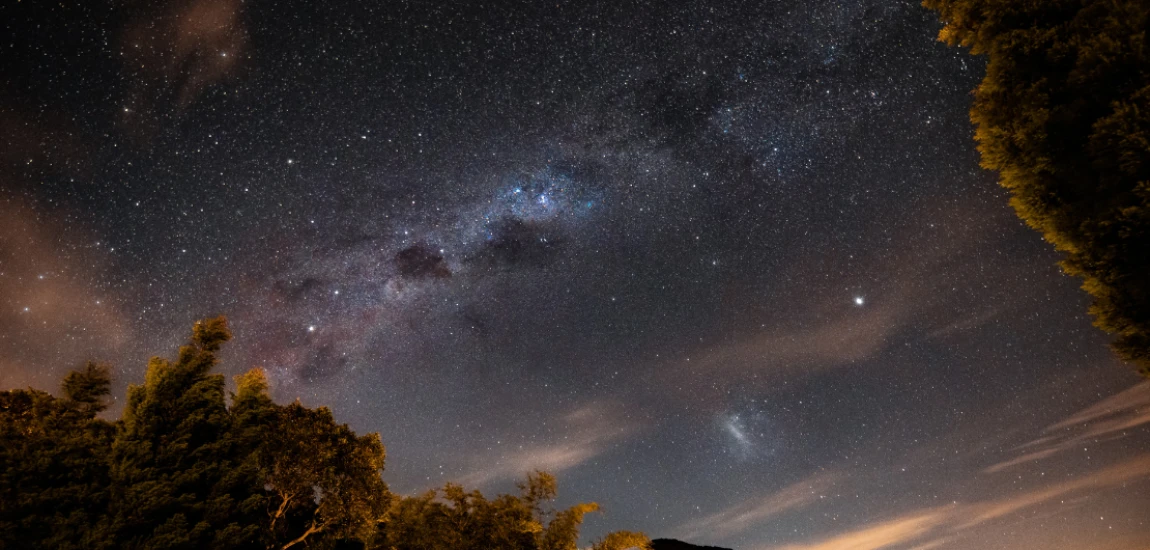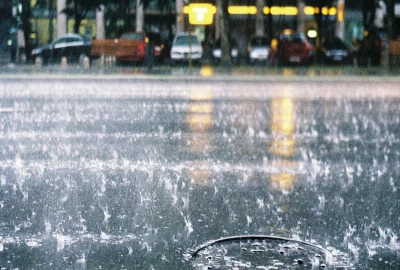Night Hikes, Desert Skies, and Cities That Never Sleep (In a Good Way)

We often think of travel in terms of sunlight—beach days, brunch spots, guided tours—but what happens when the sun dips below the horizon? The night is no longer just the domain of nightclubs and overpriced cocktails. A new wave of travelers is redefining what it means to explore the world after dark.
The rise of night hikes, desert stargazing, and culture-focused nighttime city experiences is changing the way people travel in 2025. These aren’t just alternatives to nightlife—they’re often the highlights of the trip. Whether you’re trekking under a full moon, watching shooting stars dance across a desert sky, or wandering a lantern-lit street market, the experiences we have at night can be just as rich, if not richer, than those in daylight.
These after-dark adventures offer more than aesthetic appeal. They are often cooler (perfect for desert climates), less crowded (ideal for introverts and photographers), and uniquely immersive. You’re not battling selfie sticks—you’re immersed in silence, stars, or song. They allow travelers to slow down, reflect, and connect—to the land, the sky, and to local life that truly begins after dusk.
Let’s explore the three most soul-stirring after-dark travel experiences of the year: night hikes, desert skies, and cities that shine long after sunset—in the best ways possible.
Night Hikes: When the World Goes Quiet, the Trails Speak Louder
There’s something ancient and primal about walking through the wilderness at night. With each step, your senses sharpen. Your hearing tunes into distant rustles. Your eyes slowly adjust to the moonlight. And your mind, surprisingly, begins to relax. This is the magic of night hikes—and they’ve become a global trend for travelers looking to explore nature in a slower, deeper way.
Why Night Hiking is Taking Off
Unlike daytime hikes that often involve heat, sweat, and crowded trails, night hikes offer serenity and novelty. The temperatures drop, the trails clear out, and the entire landscape transforms. Cacti cast eerie shadows. Forests hum with nocturnal life. And mountain paths glow under the light of the moon.
Adventure meets mindfulness—a rare mix in today’s fast-paced world.
Global Night Hiking Hotspots
Sedona, Arizona: Guided full-moon hikes here blend astronomy with spirituality. Imagine walking beneath towering red rocks that glow pink and purple under starlight.
Mount Sinai, Egypt: Climb this historic peak before dawn and witness the sunrise from the spot Moses was said to have received the Ten Commandments. Spiritual, historical, and awe-inspiring.
Teide National Park, Tenerife: Hike high above the clouds to volcanic viewpoints where you can stargaze at some of the clearest skies in Europe.
Mount Batur, Bali: A pre-dawn trek culminating in sunrise over volcanic lakes is one of the island’s most unforgettable (and Instagrammable) experiences.
Safety Tips for First-Timers
Never go alone—use local guides or join night hike tours.
Use a headlamp with red-light mode to preserve your night vision.
Choose well-marked trails and research weather and wildlife ahead of time.
Pack smart—extra layers, water, a power bank, and a flashlight are essentials.
Night hiking isn’t just a physical activity—it’s a chance to reconnect with nature in its purest, most peaceful form. For those craving something different from tourist-packed days, a moonlit trail might be exactly what you need.

Desert Skies: Stargazing Where Silence Meets the Stars
Nothing compares to lying back on warm desert sand and watching the universe unfold above you. With little light pollution, low humidity, and wide open horizons, deserts are the best places on Earth to stargaze. It’s no wonder travelers are now planning trips around the night sky, not just the attractions.
Why Desert Stargazing is Transformative
In a world full of digital distractions, the stars offer a rare moment of stillness and perspective. Looking up at the Milky Way in total silence is humbling. You realize how vast the universe is, and how small we are in it—but in a way that inspires, not diminishes.
Add in a meteor shower or a lunar eclipse, and you’re witnessing one of nature’s greatest shows—for free.
Best Desert Stargazing Locations in 2025
Atacama Desert, Chile: Arguably the clearest sky in the world. Join a guided tour at San Pedro de Atacama for a telescope experience like no other.
Wadi Rum, Jordan: Camp in traditional Bedouin tents and watch the stars blaze above sandstone cliffs. Combine it with camel rides or 4x4 safaris by day.
NamibRand Nature Reserve, Namibia: Africa’s first Dark Sky Reserve, where high-end eco-lodges offer stargazing decks and private astronomy sessions.
Big Bend National Park, Texas: Remote and rugged, this U.S. park is ideal for watching the Perseid or Leonid meteor showers.
How to Make the Most of Your Desert Stargazing Trip
Plan around the new moon for the darkest skies.
Avoid city edges—light pollution can travel for miles.
Bring a star map or download a stargazing app.
Dress warmly—deserts get cold at night, even in summer.
Book a stay at a dark sky resort—many now offer astronomy programs and telescopes.
Desert skies are an escape from noise, stress, and schedules. They invite you to slow down, breathe deeply, and just be. For many, it’s the most powerful part of their trip—a quiet night spent looking up.

Cities That Never Sleep (In a Good Way): After-Dark Culture, Not Chaos
When you think of cities that “never sleep,” your mind might jump to the party scenes of Ibiza, Vegas, or Bangkok. But the cities that truly come alive at night aren’t those defined by noise and nightlife—they’re the ones where culture, creativity, and community pulse after dark.
In 2025, more travelers are seeking destinations that offer evening inspiration over intoxication.
What Defines a “Good” Night City?
Safe and walkable streets with vibrant neighborhoods after dark.
Events like night markets, outdoor cinemas, art walks, and late-night museums.
Cozy cafés, 24/7 bookstores, or jazz clubs tucked into quiet corners.
A mix of locals and travelers mingling, not partying mindlessly.
Top After-Dark Cities That Shine
Kyoto, Japan: After dusk, temples light up, streets empty out, and peace sets in. Visit during Hanatouro, when lanterns line the Philosopher’s Path.
Lisbon, Portugal: Listen to soulful fado in a candlelit wine bar, take a tram ride under twinkling lights, or join locals at a midnight miradouro (viewpoint).
Buenos Aires, Argentina: The night starts late here—not with clubs, but with tango milongas, poetry slams, and evening theater in historic districts.
Seoul, South Korea: Book cafés, 24/7 spas, street food alleys, and night hikes to Namsan Tower make Seoul a perfect destination for introverts and night owls alike.
How to Travel Smart in Night-Friendly Cities
Choose neighborhoods that are known for being safe after dark.
Use public transportation or rideshare apps—many cities run night buses or subways.
Join a nighttime walking tour—these often focus on ghost stories, local legends, or food.
Respect local rhythms—some cities (like Rome or Istanbul) are best explored after 9 pm.
These cities prove that night doesn’t have to mean noise. It can mean neon-lit alleys filled with street food, shadowy galleries with live painting sessions, or midnight chats with strangers over rooftop tea. It’s nightlife reimagined—for thinkers, dreamers, and seekers.





